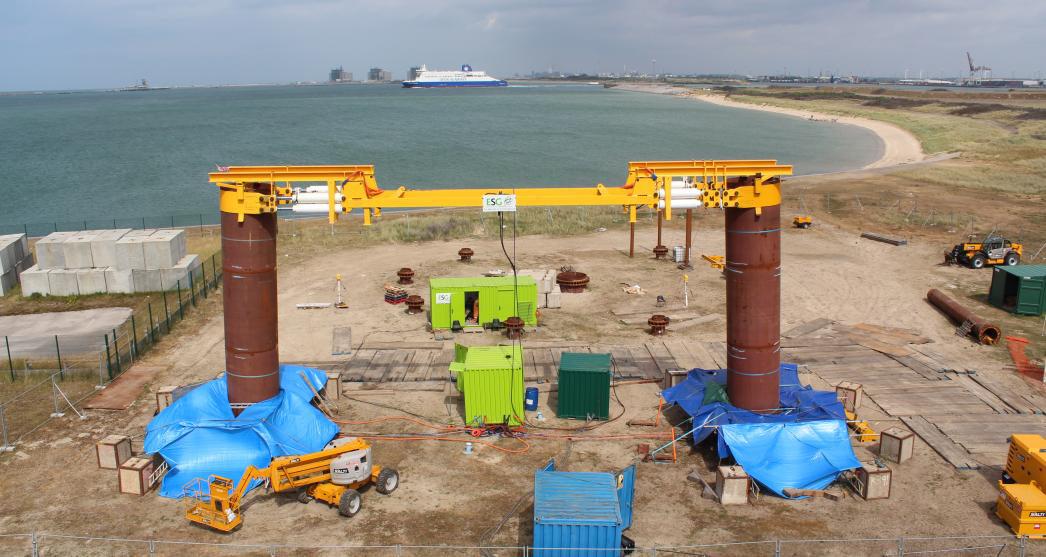miPILE
A micro-scale (DEM) investigation on driven pile cycle behaviour
This project was funded by the Royal Academy of Engineering (Research Exchanges with China and India Programme) and allowed me to spend four months at Zhejiang University (Hangzhou, China) working together with Prof. Zhongxuan Yang on a variety of pile designed issues (as noted below). As in other exchanges I have participated in, this became the start of long-standing collaborations and joint outputs. Collaborations still currently exist and include joint post-graduate student supervision, joint research outputs, amongst others.

Structures such as bridges or wind turbines develop loads that have to be transmitted to the ground. The loads can be static (self-weight) or dynamic (wind, wave or traffic loads) and may be significantly large. Long piles are normally used to carry these loads to greater depths where the ground provides higher capacity. Predictions of pile capacity are relatively reliable. However, increases in capacity may not be predicted accurately. Also, changes in soil stresses induced by pile installation affect the piles’ ability to sustain large numbers of load cycles (e.g. wave loading). It is recognised that stress changes around pile shafts and subsequent micro-scale processes such as crushing, abrasion and creep are critical in controlling driven pile behaviour. Numerical studies using discrete element methods (DEM) investigated some of these micro-scale processes, aiming for the design of piles to be carried out more safely and economically. Construction costs in offshore foundations are a limiting factor on their cost effectiveness. The main objectives of the project were to (i) calibrate and validate DEM simulations against existing experimental data and (ii) improve existing driven pile design approaches by considering particle-scale effects.